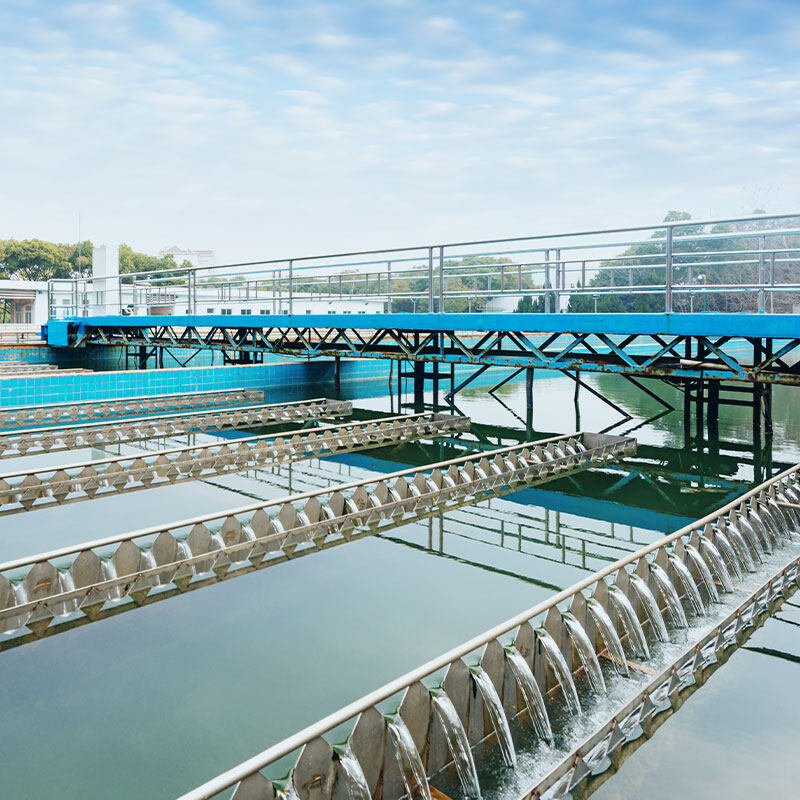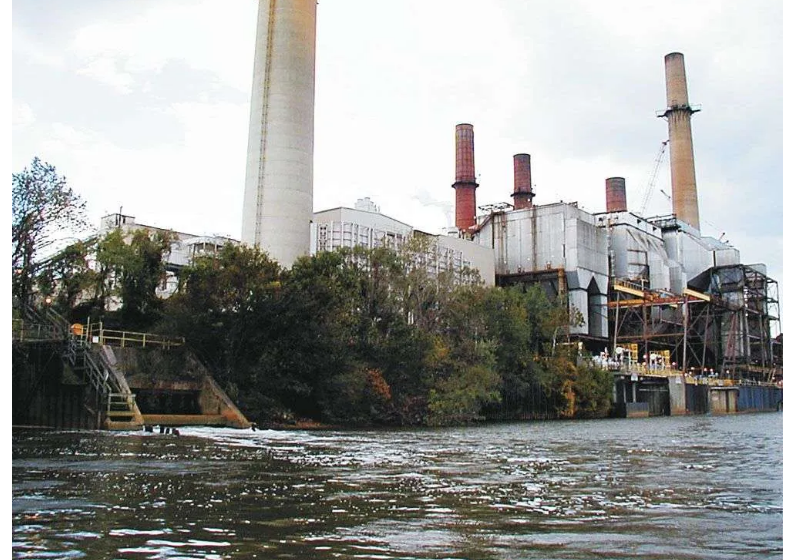Multiphase catalytic oxidation treatment technology in chemical wastewater
Multiphase catalytic oxidation treatment technology is a newly developed technology in the field of environment. It mainly uses strong oxidants with hydroxyl radicals as the core to rapidly, non-selective and completely oxidize various organic pollutants in the environment. Hydroxyl radicals react with soluble organic substances in water to form hydroxyl radicals; Under the catalysis of the catalyst, the hydroxyl radical can oxidize and decompose the organic matter in the wastewater.
This technology has significant effects on CODcr removal, decolorization and improving the biodegradability of wastewater. Its chroma and CODcr removal rate can reach 75% - 99%. In the practical application of pesticide wastewater, chemical wastewater and pharmaceutical wastewater, the technology has shown good application effect.
Application
Mainly applicable to: nitrobenzene, nitrophenol, nitrotoluene, phenol, aniline sewage, anisole sewage; Wastewater from disperse dyes, cationic dyes and weak acid dyes; Synthetic medicine and pesticide sewage; Veterinary medicine sewage; Fine chemical sewage; Synthetic resin sewage; Cyanide-containing sewage; Fluorine-containing sewage; Wastewater containing anthracene; Coking sewage and electroplating sewage, etc.
The optimized combination process for water reuse in advanced treatment of chemical wastewater
(1) Pretreatment+UF+RO/NF treatment process
(2) MBR+UF/RO/NF treatment process
Advantages of ultrafiltration system
Hollow fiber membrane made of polymer material is resistant to pressure, pollution and long service life
Small floor area, high degree of automation
Strong separation capacity and good effluent quality
Ensure the normal operation of subsequent RO/NF system
Advantages of RO/NF membrane treatment system
RO system adopts anti-pollution reverse osmosis membrane with long service life
Effective retention of salts, organics and refractory compounds
Effluent quality is applicable to all production processes
High degree of automation and low operation cost
Advantages of MBR process
High treatment efficiency, good effluent quality and less sludge
Short hydraulic retention time and small floor area
Easy to clean, easy to replace, stable operation and low operation cost
Strong impact resistance, high COD and chroma removal efficiency
Membrane bioreactor process (MBR process) is a new wastewater treatment technology that organically combines membrane separation technology and biotechnology. It uses membrane separation equipment to intercept the activated sludge and macromolecular organic substances in the biochemical reaction tank and separate clean water, so as to realize the synchronization of biochemical reaction and clean water separation, and eliminate the secondary sedimentation tank.
The compact and simple unit structure of MBR is particularly suitable for the treatment of printing and dyeing wastewater with complex components and high concentration of pollutants.
Application fields: high concentration chemical wastewater, chlor-alkali industry wastewater, pesticide wastewater, chemical park and sewage treatment plant
Phosphorus wastewater treatment and formaldehyde wastewater treatment
#QDEVU #WATERTREATMENT #WASTEWATERTREATMENT #SEWAGETREATMENT #SEWAGEWATERTREATMENT #WATERFILTER #WATERFILTRATION #SLUDGETREATMENT #SLUDGEDEWATERING
Visit www.evuchina.com for more information!



